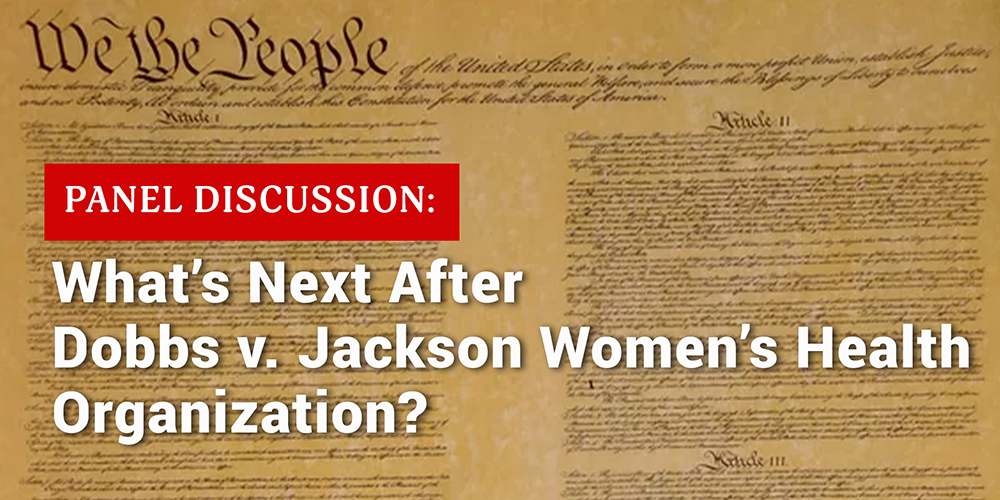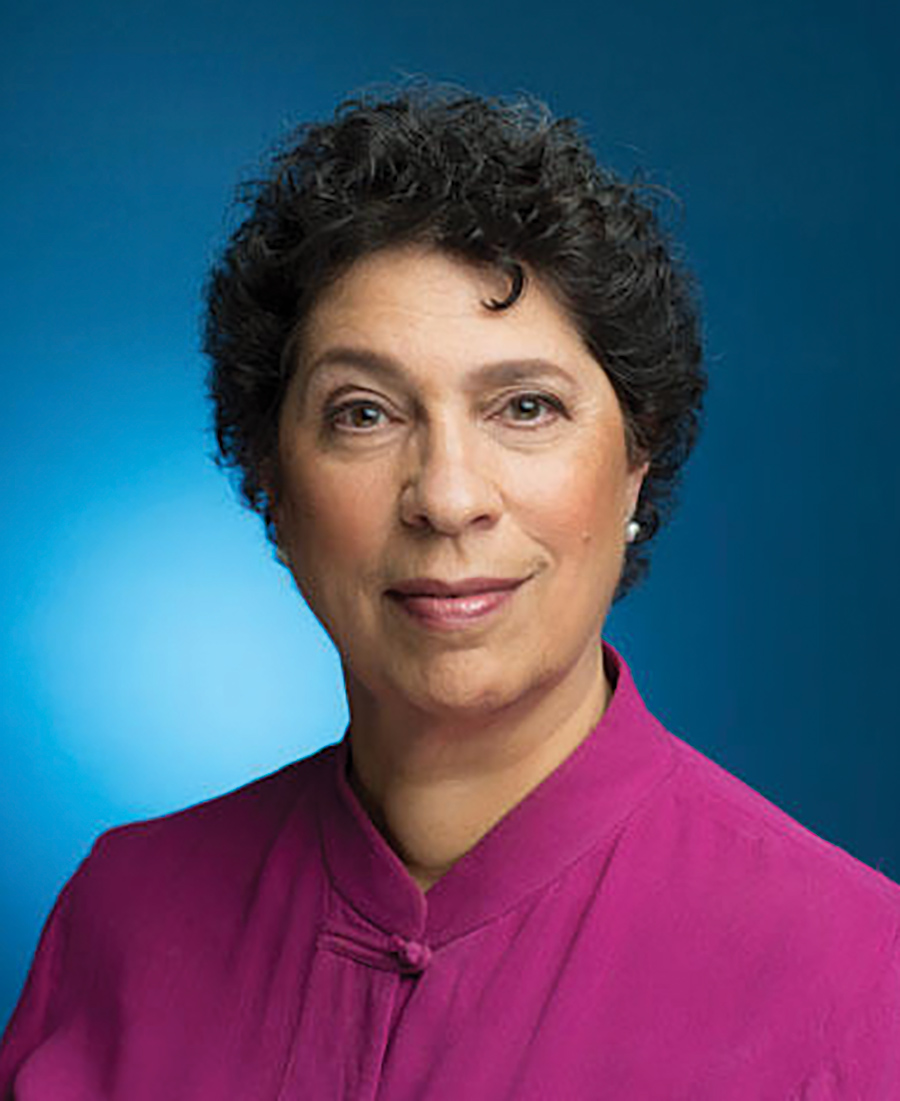What’s Next After Dobbs?

But, at a Brooklyn Law School virtual event on Sept. 19, professors and thought-leader guests discussed potential legal paths to address a decision that all agreed was devastating to women’s rights. Associate Dean Karen Porter moderated the event, which was co-sponsored by the Center for Health, Science, and Public Policy and the Women’s Leadership Network.

“We are outnumbered, state by state, in terms of the state legislatures that we can hope to win over,” Herman, Ruth Bader Ginsburg Professor of Law, said. “Our advantage is that we still have a majority of the American people who are pro-choice, who are with us.”
She pointed to promising efforts by the Indiana ACLU, including two lawsuits against the state’s new restrictive abortion laws—one asserting a state constitutional right to abortion, and the other arguing the law violates individuals’ rights under the state’s Religious Freedom Restoration Act—and the group’s “Share Your Story,” a public education campaign, which taps into real-life narratives.
Michelle Bratcher Goodwin, a professor of law at the University of California Irvine and director of the Center for Biotechnology and Global Health Policy, pointed to Dobbs’s health implications: The United States has the 55th highest maternal mortality rate worldwide, and Black women are 3.5 times as likely as whites to die from maternal mortality, Goodwin said.
Professor Anita Bernstein discussed the role that common law played in Justice Samuel Alito’s majority decision. Although common law was “animated by misogyny and patriarchal views” that cast pregnant women in the role of “a container or incubator,” it can also be wielded to defend human rights, she said.
“The common law is very pro-choice in the sense of allowing the individual to make a decision about what is inside her body,” Bernstein said. “It’s very clear that a person has a right to self-defense, to repel invasions that threaten her life or bodily health.”
Nan Hunter, the Scott K. Ginsburg Professor of Law at Georgetown University, said progressives and Democrats need to produce a “clear, coherent, and bold vision of what the Constitution means and should mean going forward,” adding that the Federalist Society’s conservative interpretation is easily summarized, and “we should have that same kind of vision.”
Lourdes Rivera, senior vice president of U.S. Programs at the Center for Reproductive Rights, agreed with Herman’s assertion that there may be room to argue for women’s Constitutional right to a “non-vague and adequate health exception,” given the lack of clarity on health exceptions within state laws banning abortion. Our founding documents refer to “the right to life, but what does that mean? There’s an opportunity to fill that with meaning because internationally, the right to life is not just the right to not die,” Rivera said.